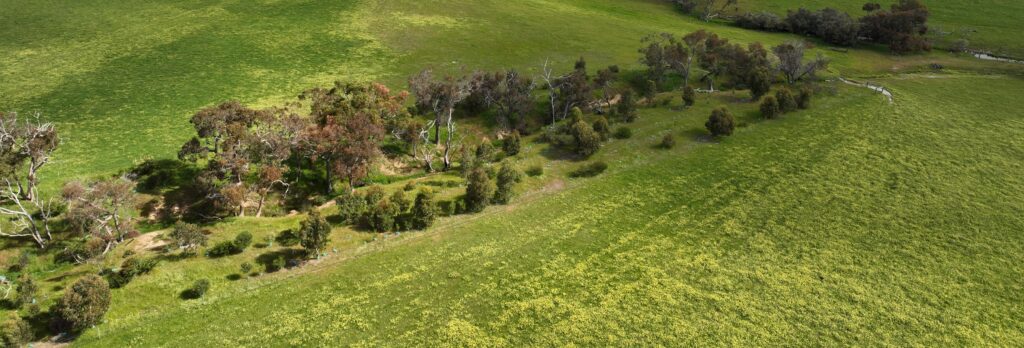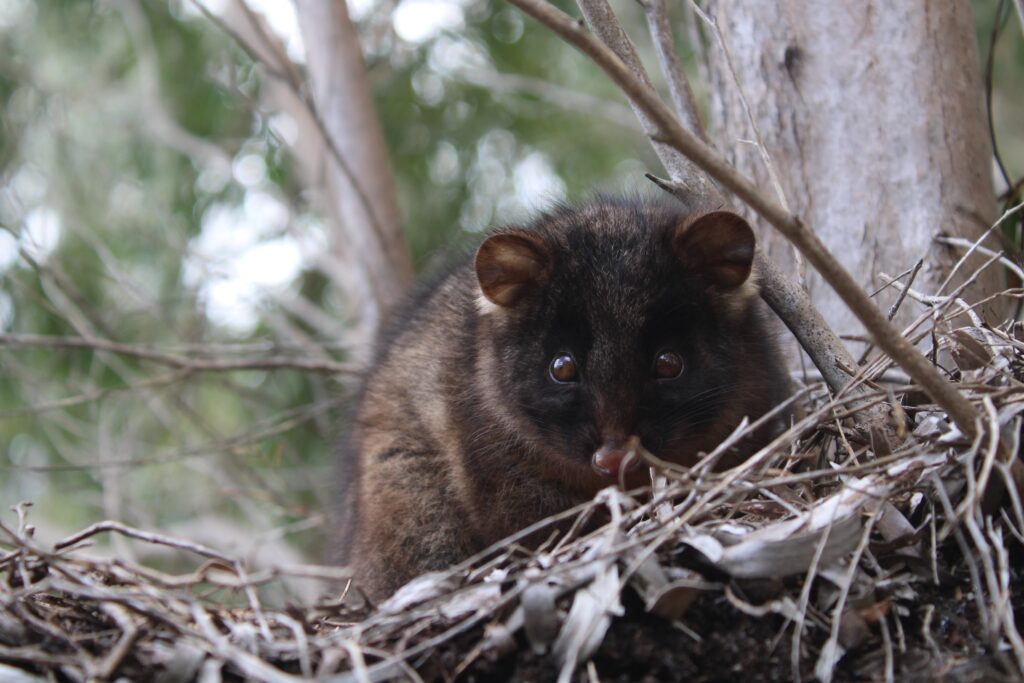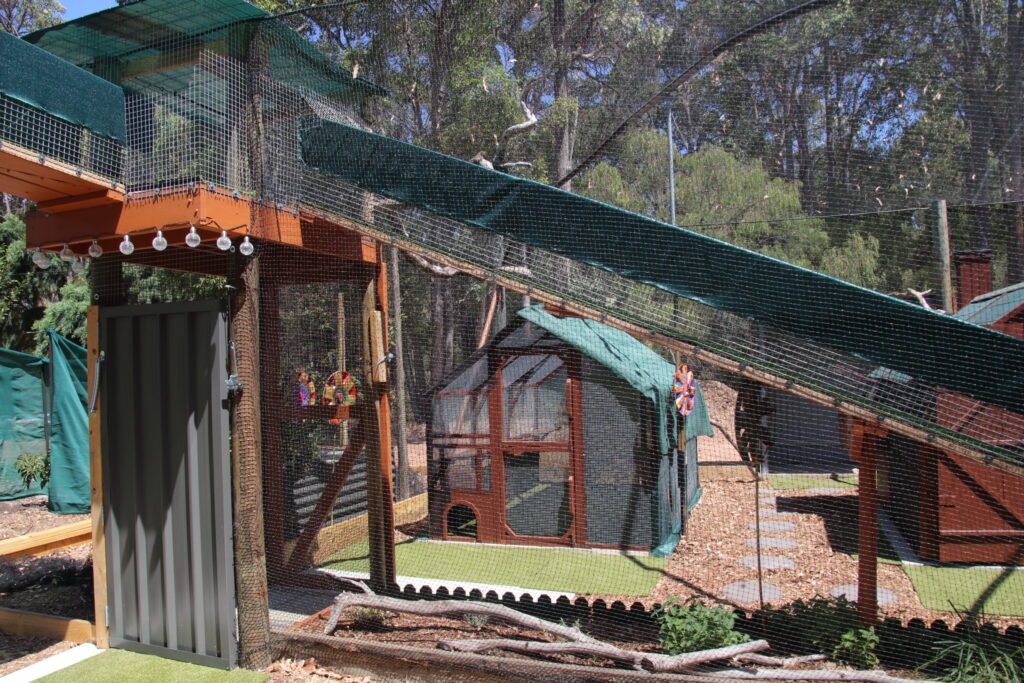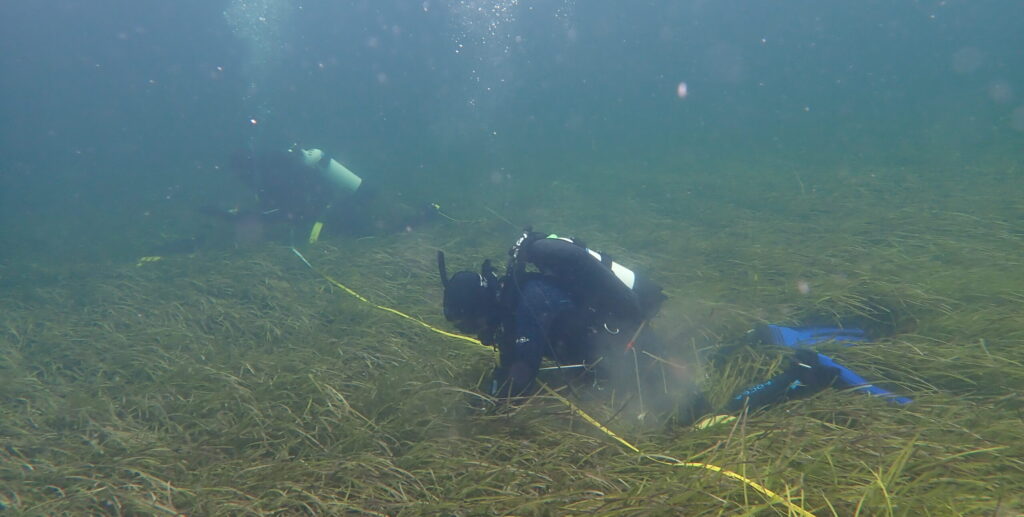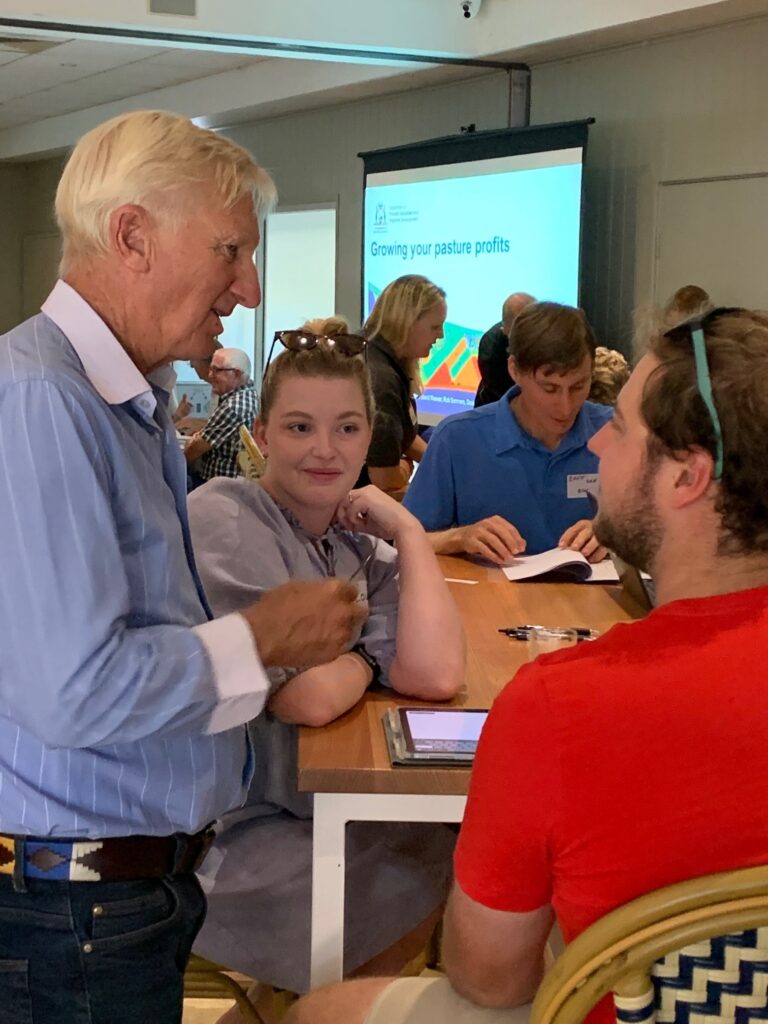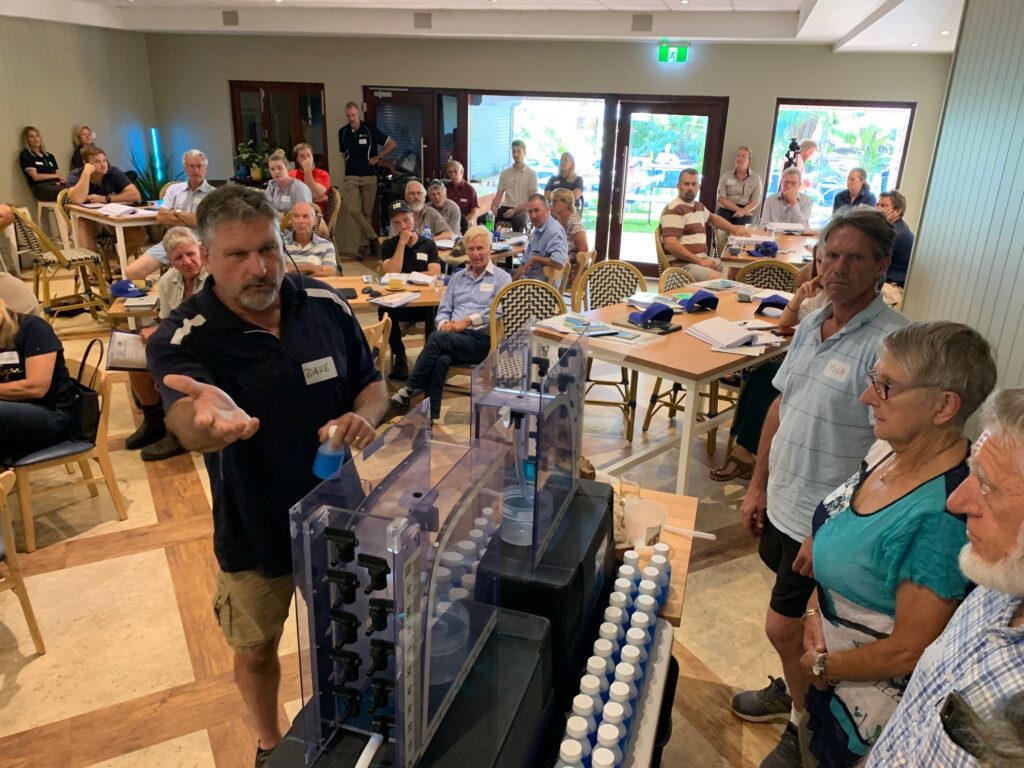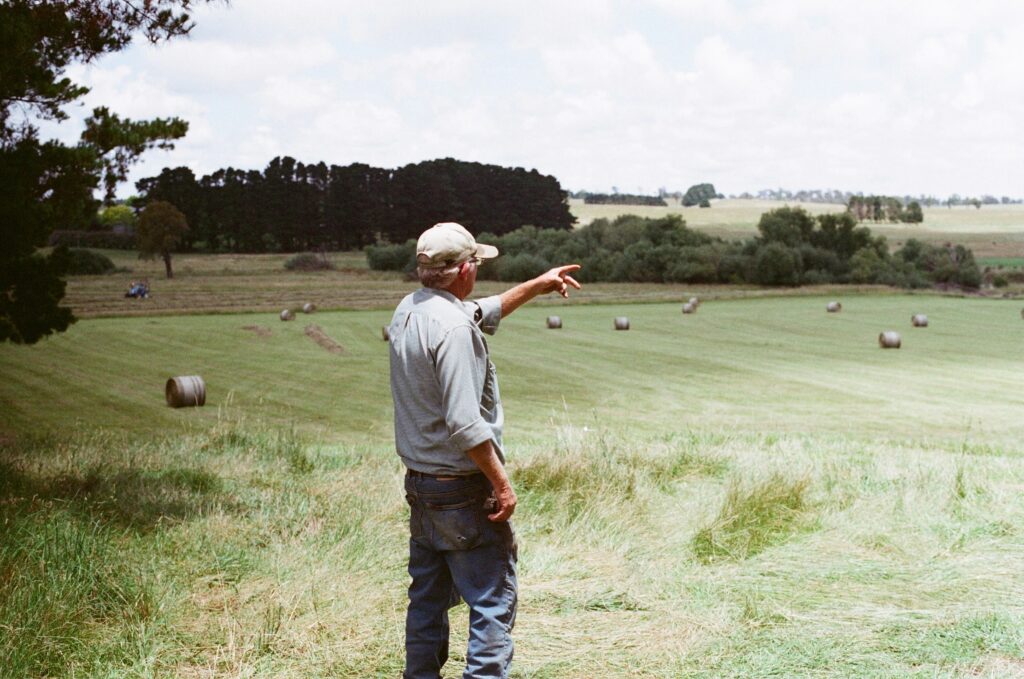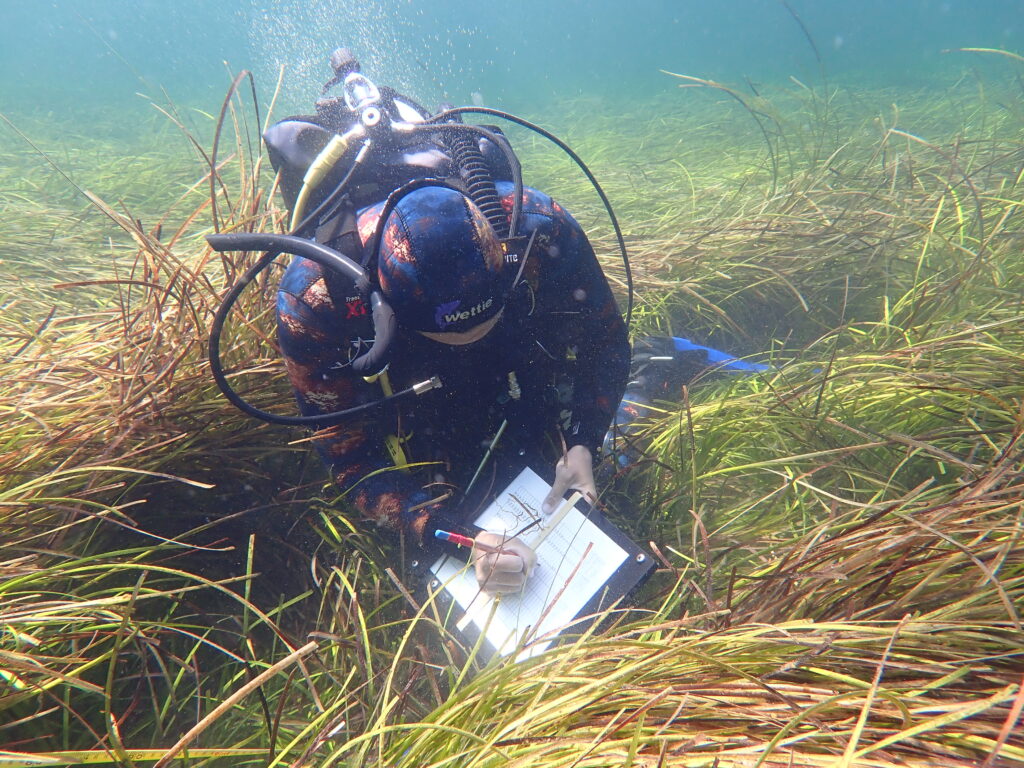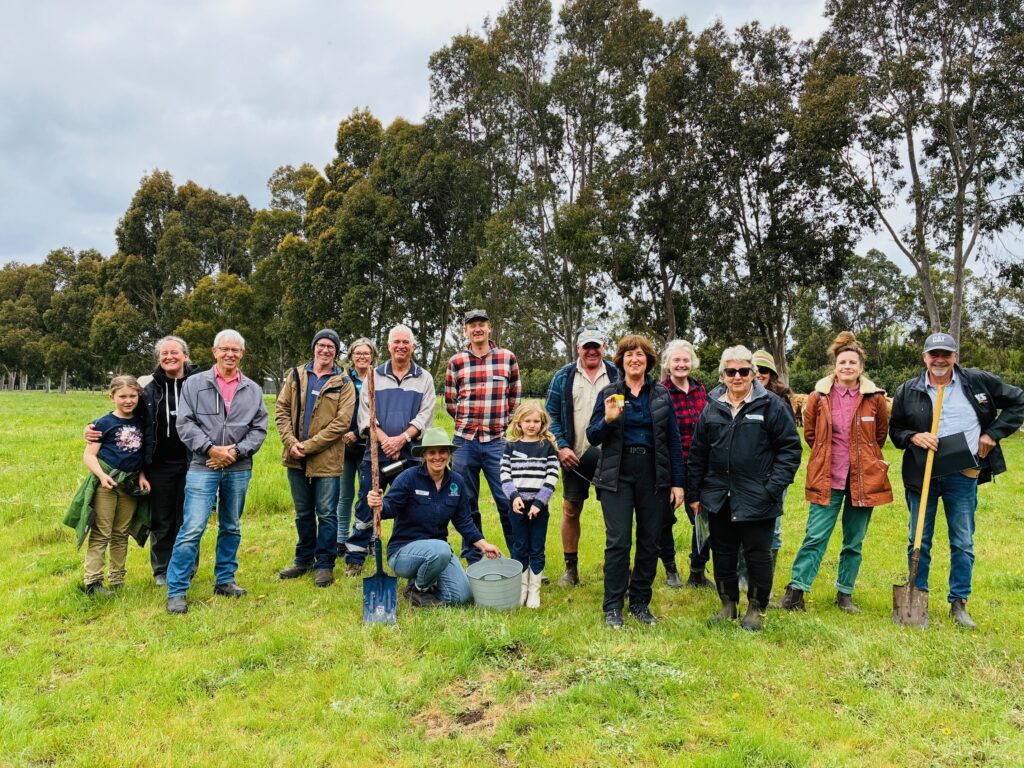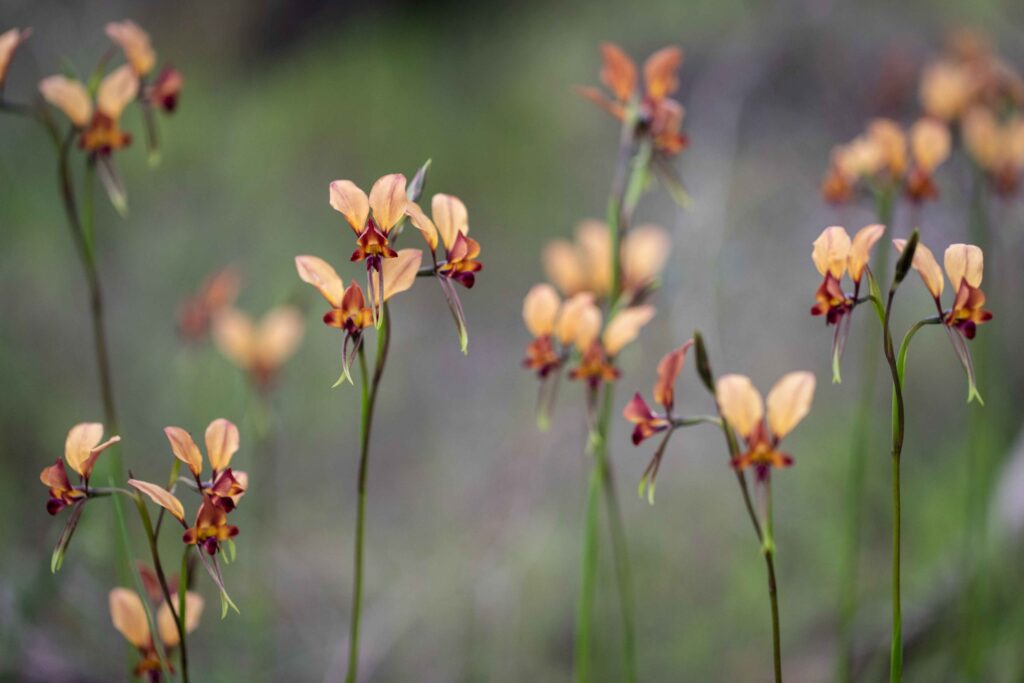Conserving our natural environment
Protecting Biodiversity
South West WA
Biodiversity Hotspot
The Geographe Catchment is nestled within the South West WA International Biodiversity Hotspot, recognised for its high number of rare and endemic plants and animals. There are:
- 7000 plant species
- 44 reptile species
- 16 marsupials
- 10 mammals
- 7 introduced mammals
- 8 threatened species
Less than 37% of the pre-European vegetation remains in the Catchment, including 24 Declared Rare flora species and 13 threatened ecological communities.
Our diverse landscapes include the iconic marri, jarrah and blackbutt forests in the upper Catchment, which change to flooded gum and paperbarks around our waterways, and to peppermint and tuart woodlands along the coastline. These habitats support critically endangered species like the western ringtail possum.
Conservation
Managing remnant vegetation is critical to the long-term survival of threatened flora, fauna and ecological communities, and to building resilience to climate change.
Reducing habitat loss and fragmentation, and minimising the impacts of grazing, feral and domestic animals, tree decline, weed invasion, and changing fire regimes, will help protect our native wildlife.
Fauna that has been afforded special protection status include the western ringtail possum, chuditch, quokka, Australian bittern, Carter’s freshwater mussel, Dunsborough burrowing crayfish, Baudin’s black cockatoo, Carnaby’s black cockatoo, and the forest red-tailed black cockatoo.
There are also a range of threatened fish species, migratory birds and whales.
Biodiversity Projects in Action
There are many ways to protect our biodiversity, from planting habitat for our critically endangered Western Ringtail Possum to stream restoration of waterways and monitoring seagrass in the Bay.
Ramsar listed wetlands
Vasse-Wonnerup wetlands
Located on Busselton’s doorstep, the Vasse Wonnerup wetlands are one of 67 Ramsar listed wetlands in Australia and are recognised on an international level for their conservation, social and cultural values.
Thousands of birds migrate back and forth across the globe each year, using the South West as one of their main feeding grounds during our summer. They spend the warmer months feeding on the insects, crustaceans, worms, and algae of the Vasse Wonnerup wetlands, before returning to the northern hemisphere to breed and start the process all over again.
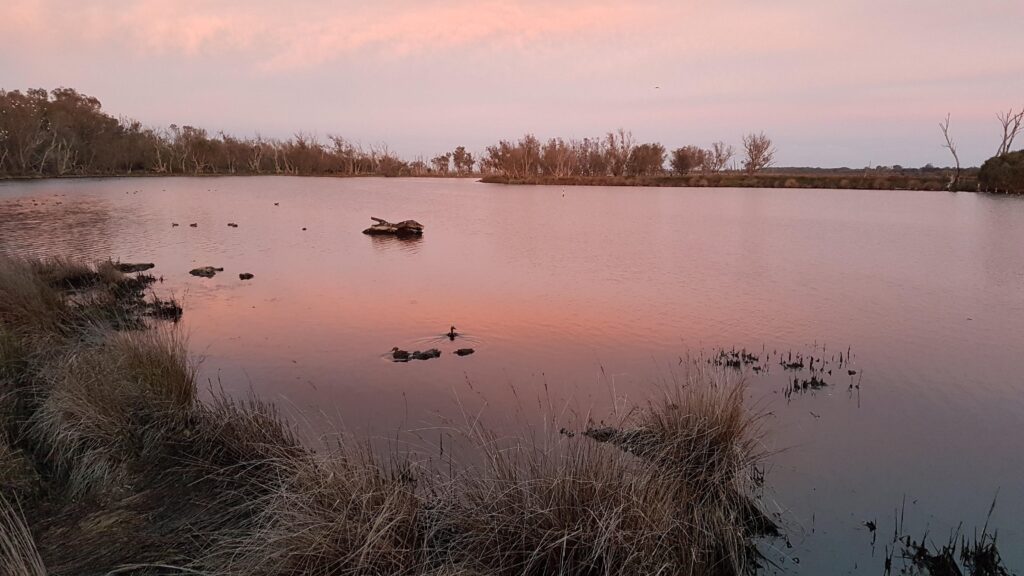
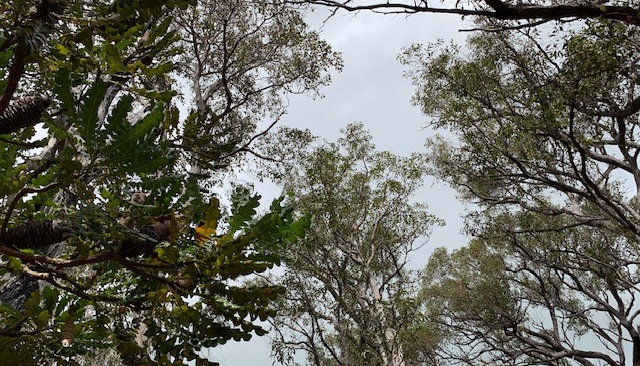
A vital habitat
Tuart Forest
The largest remaining tuart forest in the world is within the Tuart Forest National Park, east of the Busselton townsite.
Tuart trees only grow on coastal limestone 200 km north and south of Perth. Mature tuarts provide important nesting hollows for birds and other wildlife.
The Tuart Forest supports a grass understorey and a secondary dense storey of peppermint trees, providing a range of habitats and food for local fauna.
The forest is home to waterbirds, birds of prey, nocturnal birds, western ringtail and brushtail possums, brush-tailed phascogale, bush rat, kangaroo and quenda. It also has some unique species of fungi, including the fluorescent ghost fungi. (Source: DBCA)
Creating new habitat for wildlife
Join a tree planting day!
Tree planting is a great way to engage students in conservation. It provides a hands-on, memorable experience where students can literally see their efforts grow over time!
Planting local native species provides food and future habitat for local wildlife and improves the amenity of our natural areas. It also helps to stabilise soils and provide nesting areas in coastal environments.
Schools can integrate tree planting into their learning program. There are numerous links with science curriculum, as well as arts, and health and well-being. Tree planting can be implemented as a one-off planting day, site adoption or as part of a broader biodiversity or coastal project.
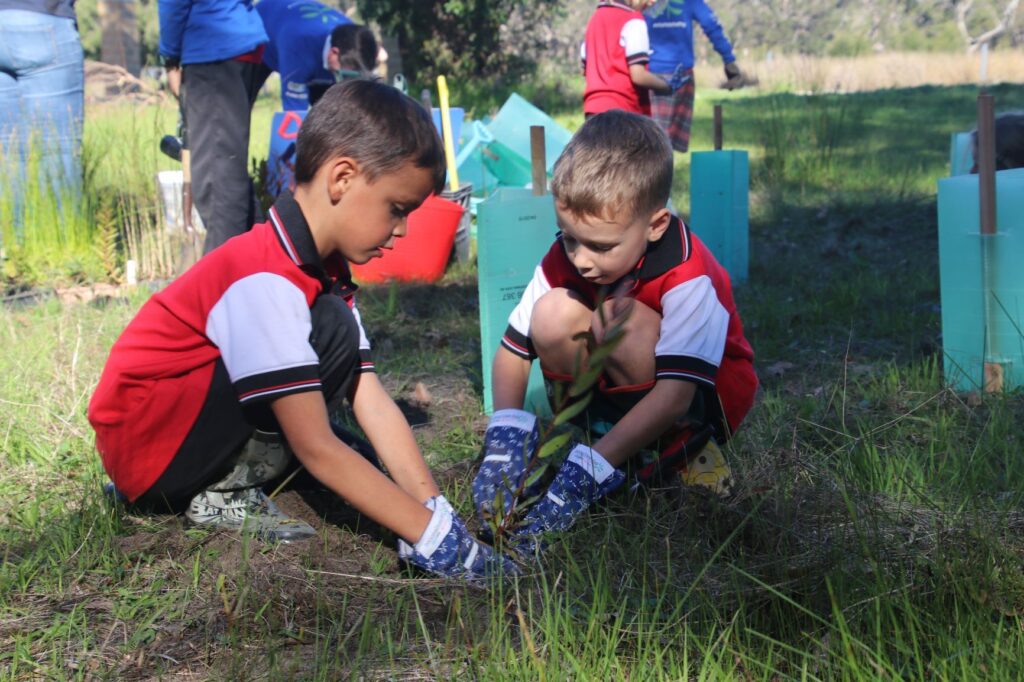
Keep injured wildlife safe and call for help
Injured wildlife
If you find injured wildlife, keep them safe and call for help.
